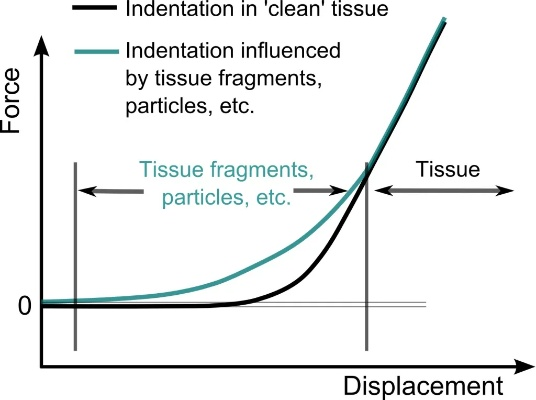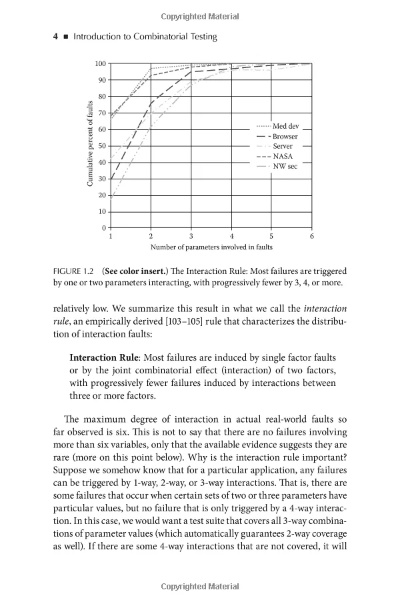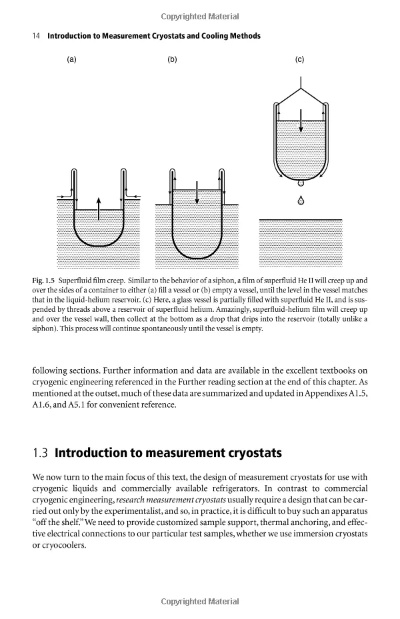Understanding and Using Textile Antistatic Testers
Textile antistatic testers are crucial tools for ensuring the quality of clothing and textile materials. These devices measure the electrical conductivity of fabrics to detect any undesirable static charge buildup that could negatively impact wearer comfort and appearance. By using an appropriately calibrated tester, manufacturers can ensure their products meet industry standards and customer expectations. In addition to testing individual pieces of clothing, textile antistatic testers can also be used for bulk samples or entire garments to provide a comprehensive assessment of overall performance. As technology advances, newer versions of these testers offer more accurate and efficient measurements, making them invaluable for the fashion industry's ongoing pursuit of excellence.
Introduction to Textile Antistatic Testing
Textiles, from clothing to industrial fabrics, are ubiquitous in our lives. However, these materials can be susceptible to static electricity, leading to problems like static cling and wrinkles during handling. To ensure the quality and safety of textiles, it’s essential to perform anti-static testing. An antistatic tester is a device designed to measure the amount of static electricity on textile materials. This article will discuss the importance of textile antistatic testing, the different types of testers available, how to use them, and some practical case studies.
Importance of Textile Antistatic Testing
Static electricity can cause discomfort, irritation, and even damage to certain textiles, particularly those used in medical settings or for sensitive applications. For instance, clothes with static charge can stick together or leave behind static charges when being handled, causing friction and discomfort. Additionally, static discharges can lead to electrostatic discharge (ESD) hazards, especially in industries where electrical safety is critical such as electronics manufacturing.

Types of Textile Antistatic Testers
There are several methods of measuring static electricity on textiles, each with its own advantages and limitations. Here’s a brief overview of the main types:
-
Resistance Method This method uses a conductive probe to measure the voltage difference between two surfaces of the textile. The resistance value indicates the level of static electricity present. It’s simple to use but requires a high voltage source, which might pose a risk if not properly handled.
-
Capacitance Method In this method, a pair of electrodes touch the surface of the textile and measure the capacitance change due to the presence of static electricity. It’s more precise than the resistance method but requires specialized equipment.
-
Impedance Method This technique employs an impedance meter that measures the changes in the impedance of a material when charged with static electricity. It's highly sensitive and suitable for measuring the amount of static electricity on very small areas.
-
Electrostatic Field Analysis Using an EDA system, researchers can analyze the electric field distribution across a textile sample. This is particularly useful for understanding how static electricity is generated and dissipated on the fabric.
Practical Case Studies
Case Study 1: Hospital Patient Clothing In healthcare settings, hospital gowns need to be free from static electricity to reduce the risk of patient harm. A hospital gown was tested using an impedance method. The results showed that the static electricity levels were below the acceptable limit. After implementing measures to reduce the production of static electricity, the incidence of skin irritations decreased significantly.
Case Study 2: Industrial Workwear In a textile industry, worker's overalls are often exposed to static electricity. Using an impedance method, a worker’s overall was tested before and after exposure to static electricity. The results indicated that the overall had less static electricity after being treated, reducing the risk of electrostatic discharge (ESDS).
Conclusion

Textile antistatic testing is crucial for maintaining quality and preventing health and safety issues. By understanding the different types of antistatic testers and utilizing appropriate techniques, manufacturers and users can effectively manage static electricity on textile materials. With proper application of antistatic testers, the textile industry can continue to produce safe and effective products for a wide range of applications.
The Application of Textile Anti-Static Tester in Testing and Understanding Textiles' Anti-Static Properties
纺织品抗静电测试仪是一种用于检测纺织品抗静电性能的重要设备,它通过一系列测试方法,对纺织品在特定环境下的静电性能进行量化评估,为纺织品的生产、销售和质量控制提供依据。
测试仪工作原理及主要功能
测试仪采用先进的静电感应技术,通过模拟实际使用环境中的静电状况,对纺织品进行测试,其主要功能包括:
- 静电电压测量:测试仪能够精确测量纺织品在特定静电环境下的电压值。
- 静电电流检测:通过测量纺织品产生的静电电流,评估其抗静电性能。
- 数据记录与分析:记录测试数据,方便后续分析。
测试仪的应用案例
纺织品抗静电性能评估
某品牌的新款服装面料在进行市场推广前,需要进行抗静电性能的评估,为此,使用纺织品抗静电测试仪对该面料进行了测试,经过测试,该面料在模拟办公环境下的静电电压和电流值均符合标准,表明其具有较好的抗静电性能,这一案例证明了纺织品抗静电测试仪在纺织品质量控制中的重要作用。
纺织品静电防护技术应用

在纺织行业,静电防护技术已成为提高产品质量、减少环境污染的重要手段,某公司采用纺织品抗静电测试仪对生产过程中的关键环节进行检测,确保产品的静电控制效果,通过测试,该公司在生产过程中减少了静电对产品质量的影响,提高了生产效率,这一案例展示了纺织品抗静电测试仪在提高纺织行业生产效率和质量方面的应用价值。
测试仪的表格说明及英文案例说明
纺织品抗静电测试仪主要参数表
| 参数名称 | 测量范围 | 单位 | 描述 |
|---|---|---|---|
| 静电电压测量范围 | V-10-V+50 | V | 模拟实际使用环境中的静电电压值 |
| 静电电流测量精度 | ±5% | A | 测量纺织品产生的静电电流的精度 |
| 数据记录方式 | 实时显示、存储 | 种类 | 记录测试数据的方式 |
英文案例一:纺织品抗静电性能评估案例
A brand new clothing fabric undergoing market promotion requires an assessment of its anti-static properties. To accomplish this, a textile anti-static tester was used to test the fabric. After testing, it was found that the fabric exhibited satisfactory anti-static performance in simulated office environments, demonstrating its good anti-static properties. This case demonstrates the important role of textile anti-static testers in quality control of textiles.
英文案例二:Electrostatic Protection Technology in the Textile Industry
In the textile industry, electrostatic protection technology has become an important means to improve product quality and reduce environmental pollution. A company uses a textile anti-static tester to inspect key processes in their production to ensure proper control of electrostatics in products. Through testing, they have minimized the impact of static electricity on product quality, thereby improving production efficiency. This case shows the value of textile anti-static testers in enhancing production efficiency and quality in the textile industry.
结论与展望
纺织品抗静电测试仪作为一种重要的纺织产品检测工具,在纺织品的质量控制、生产效率提高以及静电防护技术应用等方面发挥着重要作用,随着纺织行业的不断发展,对纺织品抗静电性能的要求也越来越高,进一步推广和应用纺织品抗静电测试仪对于提高纺织行业的整体质量和竞争力具有重要意义,随着技术的不断进步和更新换代,纺织品抗静电测试仪将会更加智能化、精准化,为纺织品的生产、销售和质量控制提供更加全面、准确的数据支持。
Articles related to the knowledge points of this article:
Exploring the Unique Textiles of Jinan District
Exploring the Price Range of Customized Electronic Textile Products in Hainan



